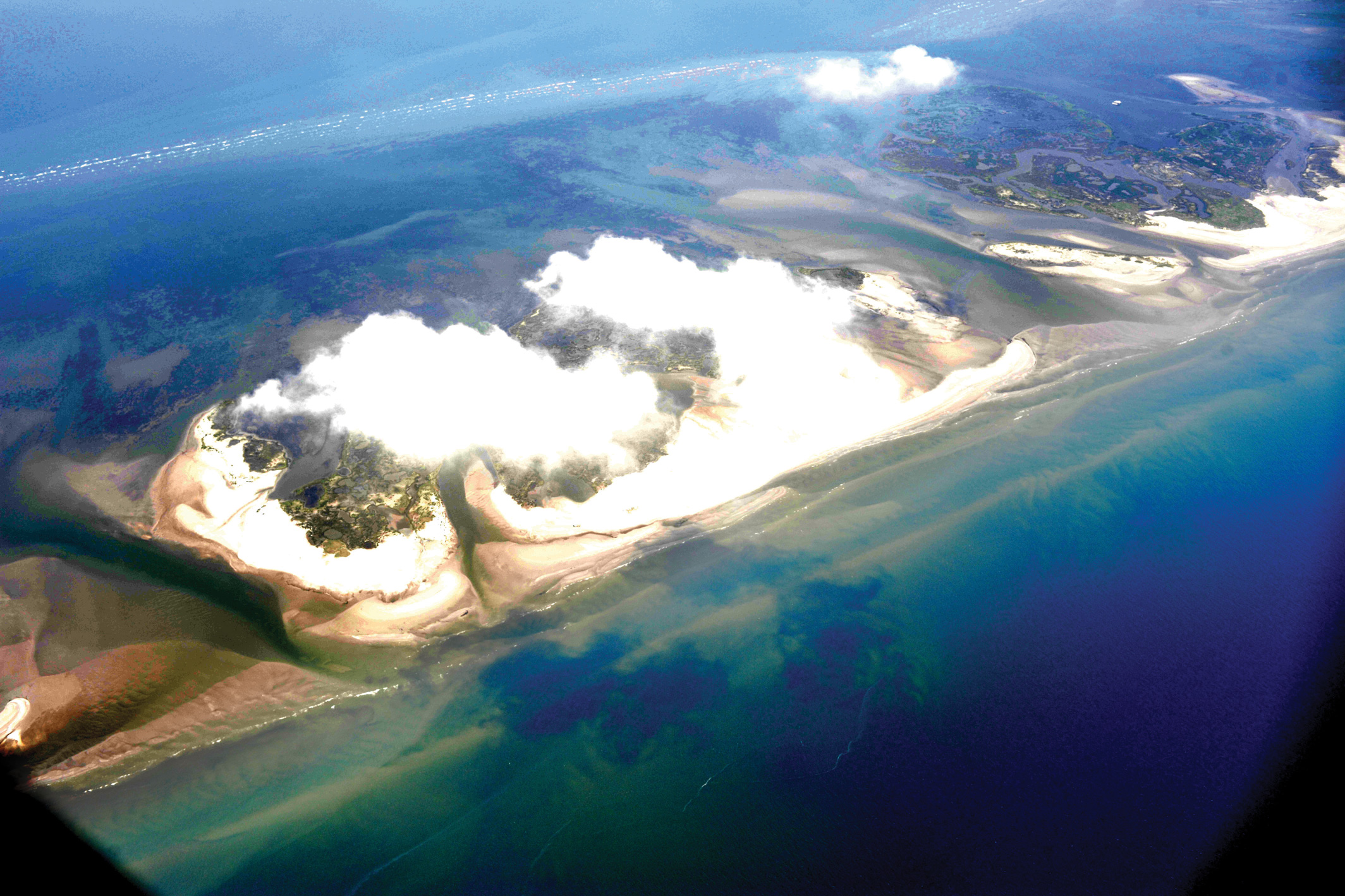This is “Overview of Sustainable Business”, section 1.2 from the book Sustainable Business Cases (v. 1.0). For details on it (including licensing), click here.
For more information on the source of this book, or why it is available for free, please see the project's home page. You can browse or download additional books there. To download a .zip file containing this book to use offline, simply click here.
1.2 Overview of Sustainable Business
Learning Objectives
- Explain what it means to be a sustainable business and the relationship of profitability and sustainability.
- Understand what is meant by the triple bottom line for businesses in relation to sustainability.
- Describe what is meant by enlightened self-interest and provide an example of how it applies to business.
A focus on sustainability (for private businesses) can be thought of as a management strategy that helps businesses set goals and prioritize resource allocations. Sustainability at the private business level can first be thought of primarily in terms of financial sustainability—that is, the ability of private firms to generate profits and cash flow to sustain business operations. For-profit businesses—first and foremost—must focus on their economic bottom line. A company that earns a profit is providing a good or service that is valued by society. Consumers and businesses do not pay for products and services that do not provide them with value or benefits above the cost of the product or service to them (or else they would not have made the free decision to purchase that product or service). Therefore, at a basic level, if a business is profitable, it is having a net positive social impact. This is assuming that the business has no external impact on the environment or society.
However, there are companies that are profitable in the short term that are having a long-term net negative impact. For example, a lumber company that owns timber reserves could harvest all of its timber resources in one year generating a significant profit for that one year. However, if in doing this the company ignored the costs and losses associated with destroying the forest and the ability of the forest to continue to produce timber, then the net impact could be negative. By depleting the resource base of the company, short-term gain can lead to long-term financial failure for the company. This example highlights the need for sustainable thinking in business. For business to be sustainable in a financial sense, businesses must increasingly consider the longer term and broader consequences of decisions.
Beyond just the company’s own bottom line, a “next step” for businesses is to consider not only their own long-term financial performance but also broader societal environmental and social impacts. This so-called triple bottom lineMeasuring a company’s impact on people, planet, and profit (bottom line). (TBL) considers business from economic, environmental, and social perspectives and measures business performance based on net impact on profit, people, and planet. This approach to business will be increasingly relevant to students of business and in other fields as global populations and demand for energy, water, and other resources increase and our planet faces resource shortages. Over the next fifty years, the world’s population is expected to grow from 6.8 billion to 9.5 billion, and the demand for energy and other resources will follow.
The primary aspects of sustainability considered in this book are profit and planet. Much of the framework and concepts relevant for environmental sustainability also apply to social sustainability and several of the case study chapters highlight examples of businesses, such as Seventh Generation, Green Mountain Coffee Roasters, Stonyfield, and Simply Green, incorporating social issues into their decision making.

© Thinkstock
For businesses that consider TBL and sustainable business practices, it is increasingly not about deciding whether to focus on (earning) profits, or (saving) the planet, or (caring about) people. Instead, it’s about focusing on all three. When McDonald’s reduces the packaging with their food, they help the environment, contribute to public health (by reducing toxics in the atmosphere), and they also help their economic bottom line. Enlightened self-interestA business philosophy where a business does “well” (is successful financially) by doing “good” (helping others and the environment). occurs when companies (or individuals) help others and, in the process, help themselves. When McDonald’s uses less packaging for their hamburgers, French fries, and other food items than in the past, this reduces their costs of materials and disposal costs while at the same time it helps the environment. Reducing packaging is an example of a sustainable business practice that can benefit a private company and also society at large.
In the longer term, all businesses rely on the sustainability of societies’ resources, including energy, food, and material resources, for their success and survival. Thus it can be in all businesses long-term interest to act with concern for the sustainability of society’s resources.
Sidebar
Doing Well and Doing Good
Companies that act with enlightened self-interest are also commonly referred to as doing well (for themselves) at the same time that they are doing good (good things for others), or “doing well by doing good.”

Gulf Oil Spill
The 2010 Gulf of Mexico oil spill—the disaster that quickly became the largest oil spill in US history“Estimates Suggest Spill Is Biggest in U.S. History,” New York Times, May 28, 2010, http://www.nytimes.com/2010/05/28/us/28flow.html?ref=us.—offers a vivid example of how sustainability issues affect profits, people, and planet. The spill (as of June 2010) was estimated to have leaked at least triple the amount of oil as compared to the Exxon Valdez spill in Alaska during 1989.
BP put itself into a very difficult and controversial position. BP had a history of accidents that were harbingers of the Gulf spill, including having to pay $25 million in fines for a spill on the north shore of Alaska in 2006. Then in 2010 under financial and time pressure, BP failed to properly cap it’s Gulf Coast well from which they had been drilling. BP hastened through procedures to detect excess gas in the well, skipped quality tests of the cement structure around the pipe, and even assigned an inexperienced manager to oversee final well tests.“BP Decisions Set Stage for Disaster,” Wall Street Journal, May 27, 2010, http://online.wsj.com/article/SB10001424052748704026204575266560930780190.html?KEYWORDS=It+was+a+ difficult+drill+from+the+start. While most of the company’s actions were not best practices, they were within acceptable industry standards and believed by many to be legal. The oil released from the uncapped well threatened the valued ecosystem of the Gulf in very serious ways. The oil adversely impacted populations of fish, marine birds, and other aquatic wildlife and threatened fragile wetland ecosystems.
BP could have at some short-term cost avoided the Gulf oil spill. Instead, the company chose not to put in place some safety features and then delayed responding to signals that there were problems in the pipeline, which resulted in a major pipeline break with catastrophic implications for the environment and significant economic costs to the company. From when the drilling rig exploded on April 20 through June 2, 2010, the company lost a third of its market value, or about $75 billion, and the company had spent almost $1 billion on cleanup efforts. One analyst calculated that in a worst-case scenario, BP’s cleanup liability would be around $14 billion, which would account for the entire loss of all fishing and tourism revenues for coastal states closest to the spill.Jad Mouawad and John Schwartz, “Cleanup Costs and Lawsuits Rattle BP’s Investors,” New York Times, June 1, 2010.

The BP Gulf of Mexico situation highlights why sustainable business is of increasing interest and importance to students of business and also students in science, government, public policy, planning, and other fields.
Source: Wikimedia, http://commons.wikimedia.org/wiki/File:BP_Oil_spill_Chandeleur_IslandsLA.jpg.
Key Takeaways
- Sustainable business involves making decisions and taking actions that consider the long-term impact of the business on society and the environment while still maintaining profitability.
- People, planet, and profit—also known as the triple bottom line—are the three areas that businesses interested in sustainability measure their impacts. This varies from traditional businesses, which are predominantly focused on profits as their measure of success.
- Enlightened self-interest refers to business as taking actions that are good for the environment and society but that also help make the business better off.
- The Gulf oil spill provides an example of how acting in an unsustainable manner with a short-term focus on profit can have significant long-term negative impact for society, the environment, and the economy—including BP, which was seeking to maximize its profit.
Exercises
- Search the web for an article that discusses an action that a company took that benefited the environment or others outside of the company and that also had a financial benefit for the company. Be prepared to discuss what the action was, the financial benefit the company achieved by taking action, and how that action led to the financial benefit.
- Some have argued that the purpose of a business is to earn a profit and that is its only goal. Do you agree with that? Discuss what you feel are some pros and cons of a business expanding its focus to consider the effect of its actions on “people” and “planet.”




